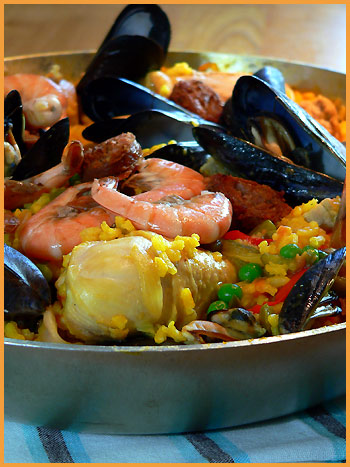
Barcelona's redeveloped Port Area hosts the excellent Primavera Sound festival, featuring a massive line-up of top-class live acts and DJs.
The highlights of the last year include Band of Horses, Comets on Fire, Bola, Explosions in the Sky, Built to Spill, Dirty Three and Isis.
-
-
Here it is a big part of the artist who will perform at Estrella Dam:
-
808 State, A Place To Bury Strangers, Alan Braxe, Animal Collective, Apparat Band, Dj Assault, Atlas Sound, Autolux, Awesome Color, Bill Callahan, Bishop Allen, Bob Mould Band, Bon Iver, Boris, British Sea Power, Buffalo Tom, Caribou, Cat Power, Clipse, The Cribs, De La Soul, Deerhunter, Digital Mystikz, Dinosaur Jr., Dirty Projectors, Dr. Octagon aka Kool Keith + Kutmasta Kurt, Edan & MC Dagha, El Guincho, Ellen Allien, Enon, Eric's Trip, Fanfarlo, The Felice Brothers, Fuck Buttons, Dj Funk, Gentle Music Men, The Go! Team, Grande-Marlaska, Health, Holly Golightly & The Brokeoffs, Holy Fuck, It's Not Not, Kavinsky, Kinski, Les Savy Fav, Lightspeed Champion, Madee, Man Man, The Mary Onettes, Mary Weiss, The Marzipan Man, Menomena, Messer Chups, Midnight Juggernauts, Mission Of Burma, Mixmaster Mike, Model 500, MV & EE with The Golden Road, Nick Lowe, No Age, The Notwist, Okkervil River, Om, Para One, Pissed Jeans, Polvo, Port O'Brien, Portishead, Prinzhorn Dance School, Public Enemy performing It Takes A Nation Of Millions To Hold Us Back, Robert Hood, Rufus Wainwright, The Rumble Strips, Scout Niblett, Sebadoh, Shipping News, Silver Jews, Simian Mobile Disco, Six Organs Of Admittance, Stephen Malkmus & The Jicks, The Strange Death Of Liberal England, Subterranean Kids, Supermayer, Surkin, The Swell Season, Tachenko, Tarántula, Thomas Brinkmann, Throbbing Gristle, Tiefschwarz, Tindersticks, Träd Gräs och Stenar, Vampire Weekend, Vórtice, Voxtrot, White Williams, Why?, Young Marble Giants.
-
-
Visit the homepage of Primavera Sound Festival
here!
-
-
Do you want to enjoy this event? Rent an
apartment in Barcelona.
 You want to prevent yourself from the traffic of a big city like Barcelona: rent a Scooter!
You want to prevent yourself from the traffic of a big city like Barcelona: rent a Scooter!














































